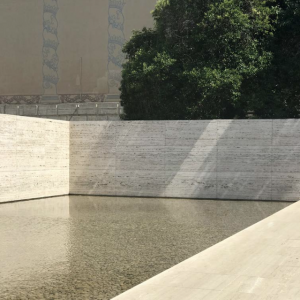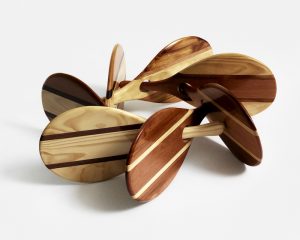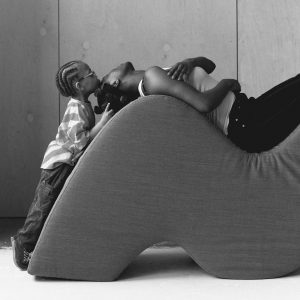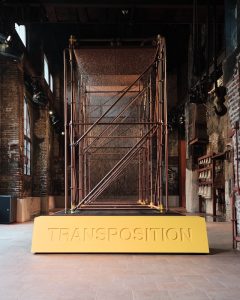Peder Vilhelm Jensen-Klint eschewed the term architect in favour of master builder but, as his church in Copenhagen shows, artist may be closer to the truth
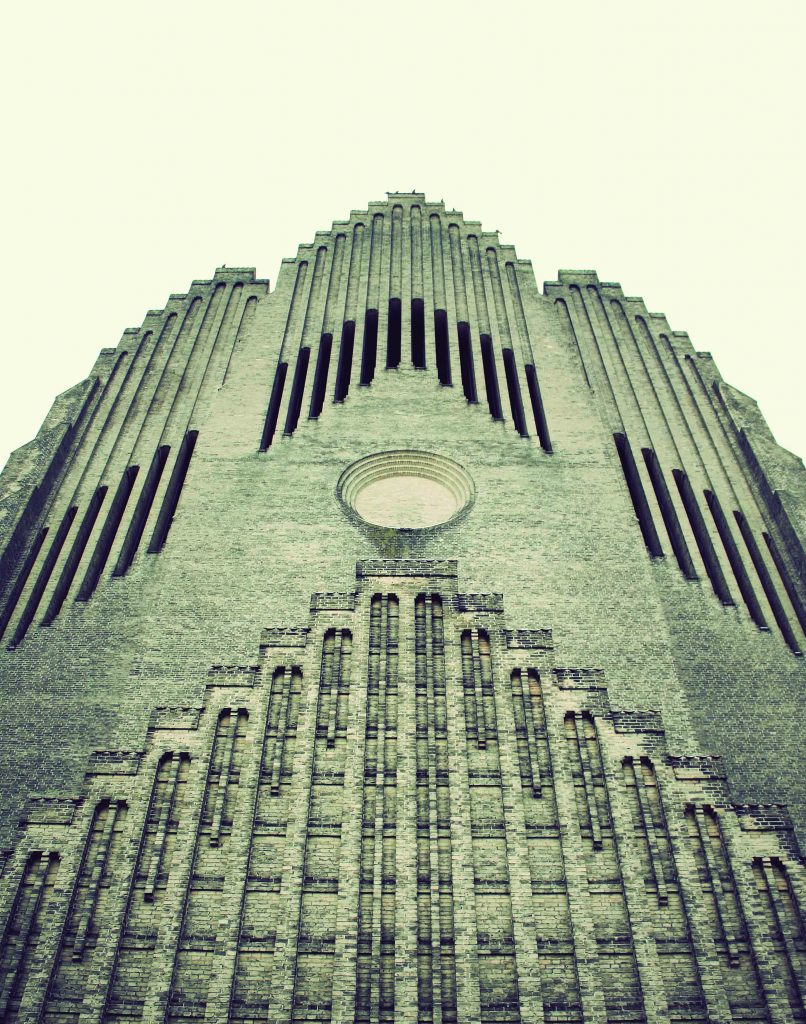
And if you think of Brick, for instance, and you say to Brick, “What do you want Brick?”
And Brick says to you “I like an Arch.”
And if you say to Brick “Look, arches are expensive, and I can use a concrete lintel over you. What do you think of that?”
“Brick?”
Brick says: “… I like an Arch.”
Louis Kahn, 1963
We don’t know which building, if any, inspired Louis Kahn’s curious, witty dialogue with an imaginary brick, but it could well have been this one, Grundtvigskirken– Grundtvig’s Church – in the suburbs of Copenhagen; a monumental, Neo-Gothic expressionist masterpiece.
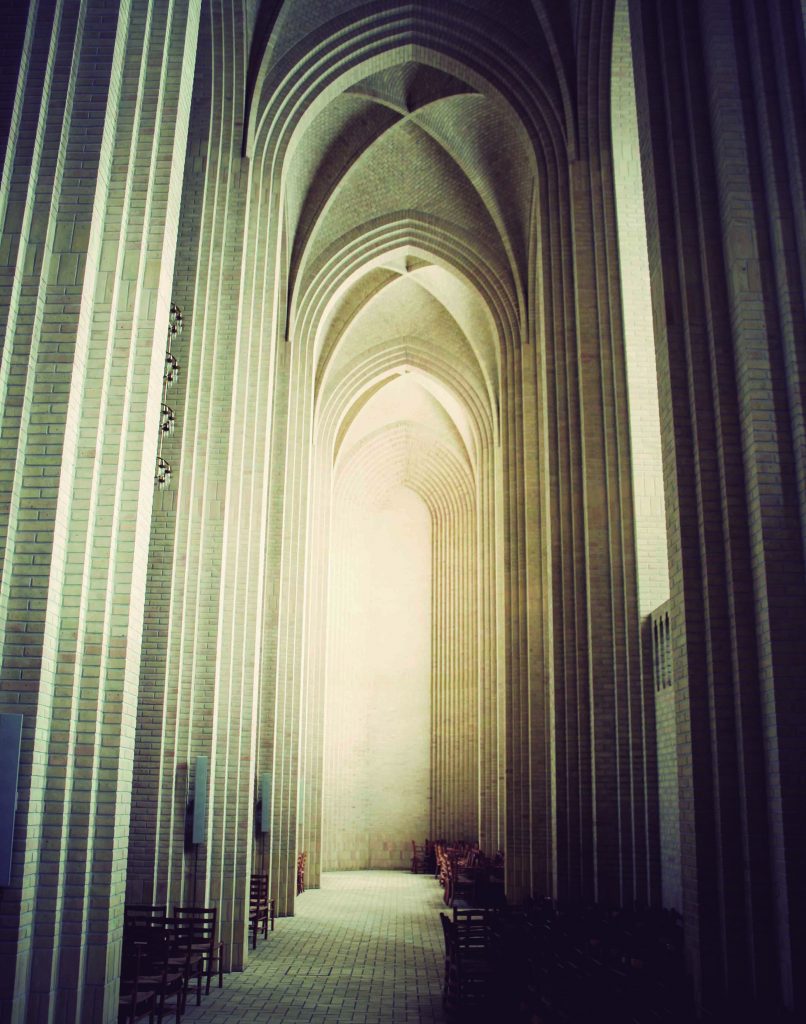
Designed in 1913 by Peder Vilhelm Jensen-Klint, the towering edifice, which stands at the end of an avenue of houses by the same architect and on the highest point in the city (the whole ensemble is known to residents of the largely flat Danish capital as “On the Hill”), was built by seven handpicked master masons solely from yellow brick – six million of them. Even the altar and pulpit are made of the stuff, as are the columns which rise up to pointed arches and ribbed vaults, soaring high above the nave and aisles. This is architecture as art, a pure expression of building in bold, tectonic forms. Perhaps Kahn was wrong. These bricks at least, surely wanted to be part of this incredible, mysterious church.
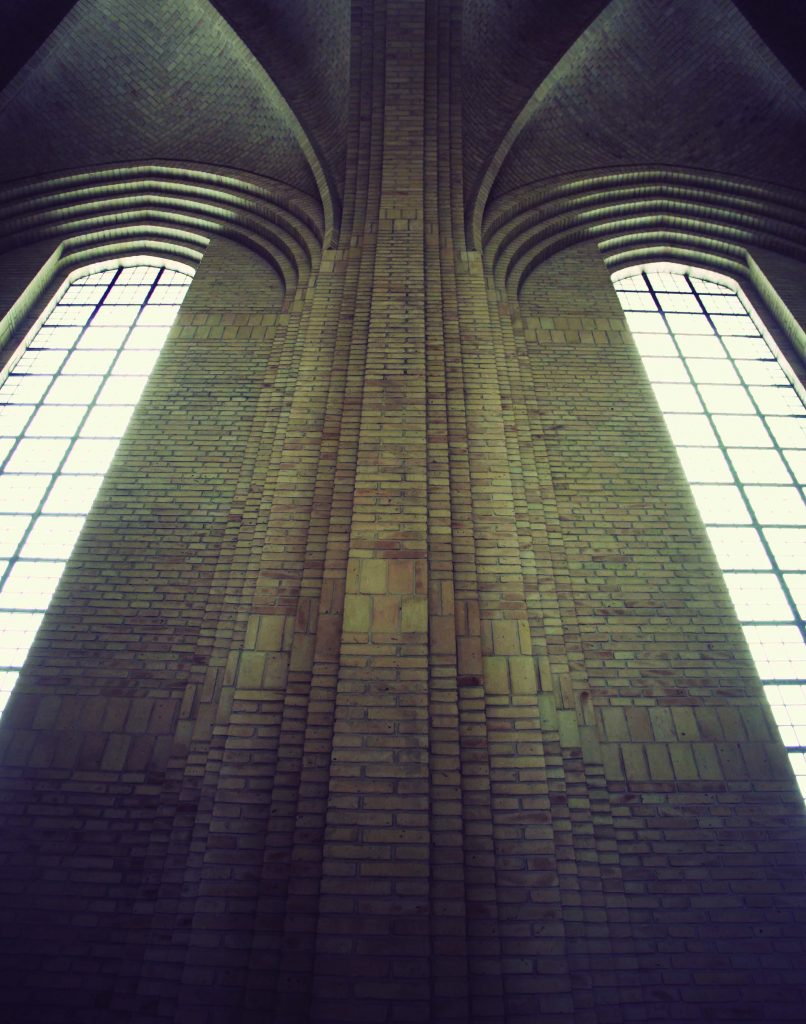
Despite the cavernous unadorned interior, it is Grundtvigskirken’s façade that leaves the most lasting impression: it resembles an enormous church organ, but one imbued with the same skyward thrust as the Chicago and Manhattan skyscrapers built around the same time. This is emphasised by parallel buttresses that seem to reach for the heavens. Like the façade, these are composed in the same yellow brick as the rest of the building.
The construction of Grundtvigskirken began in 1921, yet Jensen-Klint continued to make detailed drawings for the tower’s brickwork for another six years. It wasn’t completed until 1940, by which time the architect was dead and supervision had passed to his son, Kaare (who trained not at university, but under his father on site, as the church took shape before his eyes).
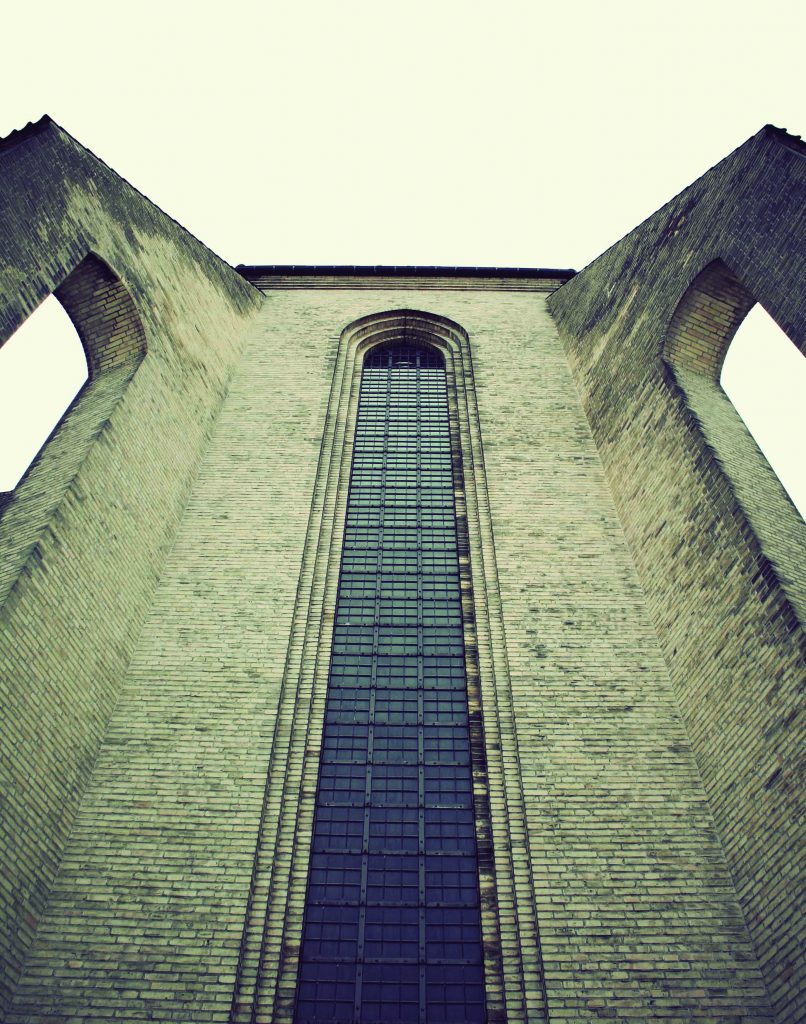
The church takes its name from the self-styled poet priest Nikolaj Frederik Severin Grundtvig (1783-1872), whose influence remains central to Denmark’s contemporary culture of craft-conscious, pragmatic expressionism. A contemporary of Hans Christian Andersen and Soren Kirkegaard, Grundtvig is highly regarded for many things – philosophy, literature, his three wives… However, it was his Folkehojskole high school system, still in place today, focused on the spirit of freedom, poetry and disciplined creativity, with exams seen as deadening to the soul, that still resonates. Jensen-Klint, who before deciding upon architecture as his vocation (in his forties) studied engineering and painting, was equally passionate about how things should be.
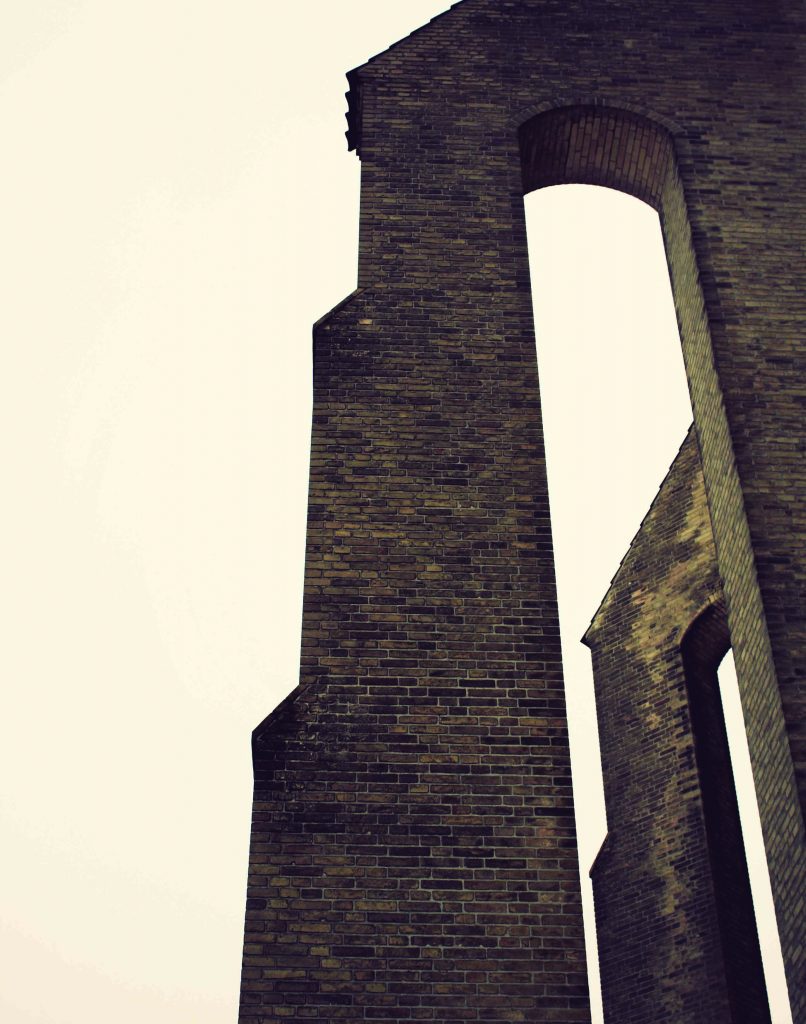
A keen adherent of Grundtvig, Jensen-Klint, who called himself a bygmester (master builder) mourned the passing of the craftsman and railed against the rise of the academic architect, whose knowledge, he said, came from photographs and prints. He wanted to “give architecture back to the people”; to create architecture comparable with constructions erected in the Middle Ages. He believed architecture students should be trained to build rather than design, which is precisely how his son would learn. Study the landscape of dolmens, churches, manors and farms he said, let them become part of you, then give them back reborn. He couldn’t even bring himself to call this practice architecture, preferring the term “building culture”.

With this in mind, Jensen-Klint drew inspiration for his church – which was won in competition – from Zeeland country churches, whose stepped, brick gable ends were used not only for nave and entrance, but also for towers. By channelling this collective memory Jensen-Klint suggested the results would be archetypal. That’s true of Grundtsvigskirken, no doubt, but few would deny its strange evocative geometry, entirely its own, captures the spirit of modernity too.
